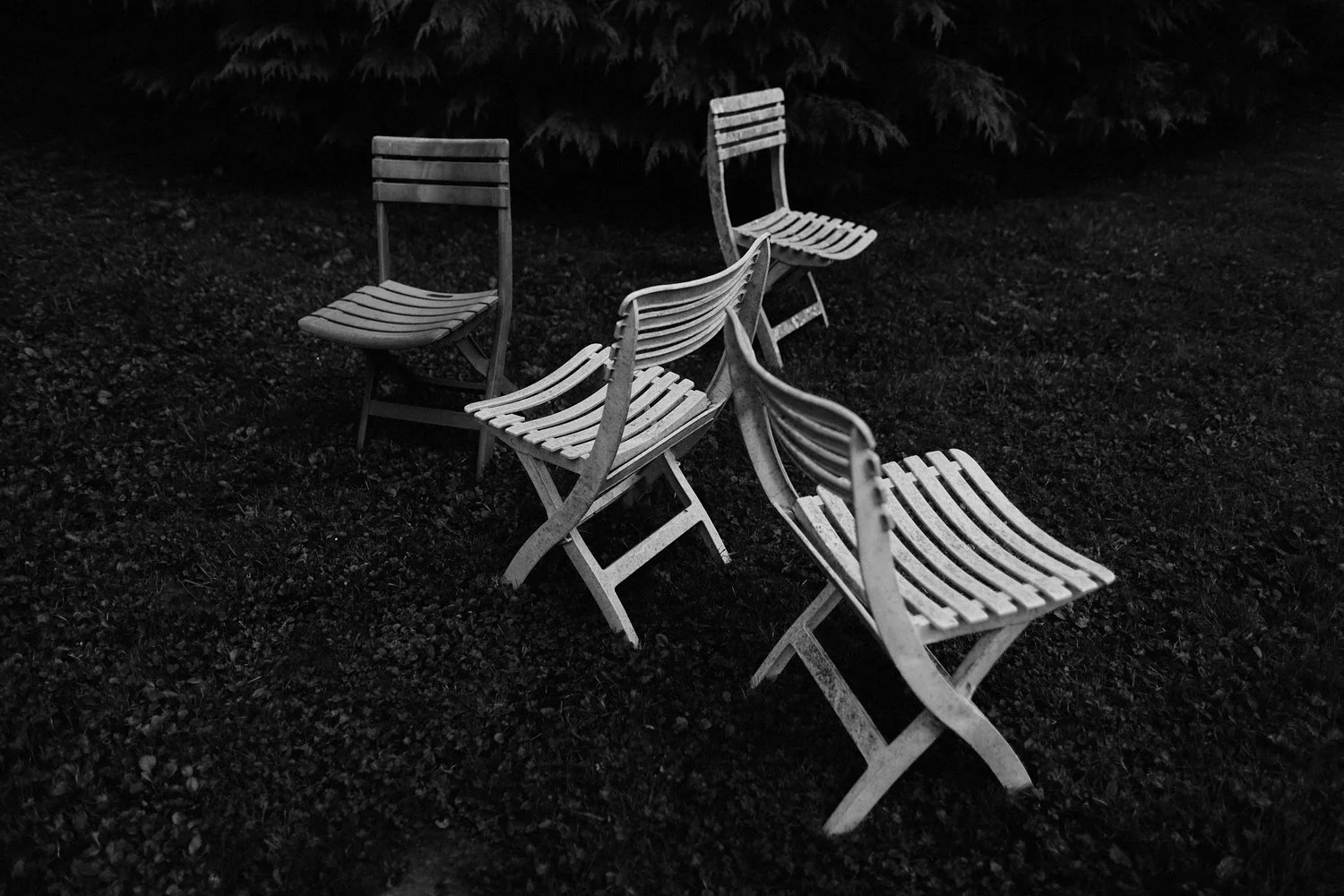oup there it is
Lucas Cranach the Elder, Adam and Eve, 1526, The Courtauld Gallery, London
I learned two fundamental truths in grad school:
Your work is never done.
The OUP is OG.
If you aren’t familiar with this particular nerdy acronym, “OUP” stands for the Oxford University Press: the boss, the granddaddy, the holy grail of academic publishers. If you’re badass enough to have a book published by the OUP just once in your career, you’ve made it. It’s the publishing equivalent of having your painting hung at MoMA.
As a reformed academic, I’d pretty much given up hope of seeing my name stamped in gold on a venerable OUP spine, so you can imagine my level of excitement when I was asked to design the cover for a forthcoming monograph. The book is called What’s the Point of Knowledge? by philosopher Michael Hannon. This project is particularly special to me since Michael is one of my dearest friends from grad school. The two of us spent many hours hunched over our laptops in the college café as he worked on these ideas; I have fond memories of reading early drafts of his papers and talking through thought experiments over cheap Sainsbury’s wine. As an epistemologist, Michael peels back the nature of knowledge; his book asks, what makes us think we “know” something? What is the difference between “knowing” and “understanding”? How do we decide whom to trust?
With a tight timeline, we had only a moment to chat about the cover design (he called me from a boat in Ibiza in the middle of a bachelor party). He wanted to keep it black and white, and we both liked the apple motif given its rich history in art and literature as a symbol of knowledge. In the western Christian tradition, the apple is often portrayed as the forbidden fruit of the Tree of the Knowledge. You know how the story goes (snake convinces Eve, who convinces Adam to take a bite; they promptly gain the knowledge of their own naked sinfulness and are ousted from Eden forever).
I picked up a good specimen from the tray of saran-wrapped fruit at my local bodega and did some sketches, inspired by the jaw-dropping pointillist drawings of French artist, Xavier Casalta. To me, the technique of pointillism nicely echoes one of the central themes of the book, something Michael calls the “Threshold Problem” for knowledge: How much evidence does it take to know something? How many individual pieces of justification add up to knowledge? How many dots make an apple? (Spoiler alert: LOTS.)
Although I’m still shocked that he turned down my amazing title suggestion (Dropping Knowledge) it was a huge honor to be involved in the final stages of Michael’s book — I can’t wait to see it on bookshelves in January!
(Technically, I can now say I’ve been published by the OUP, right?)














if you stare at the verb for long enough and let it echo in your ear and
let it slosh around your mouth it stops tasting like English at all